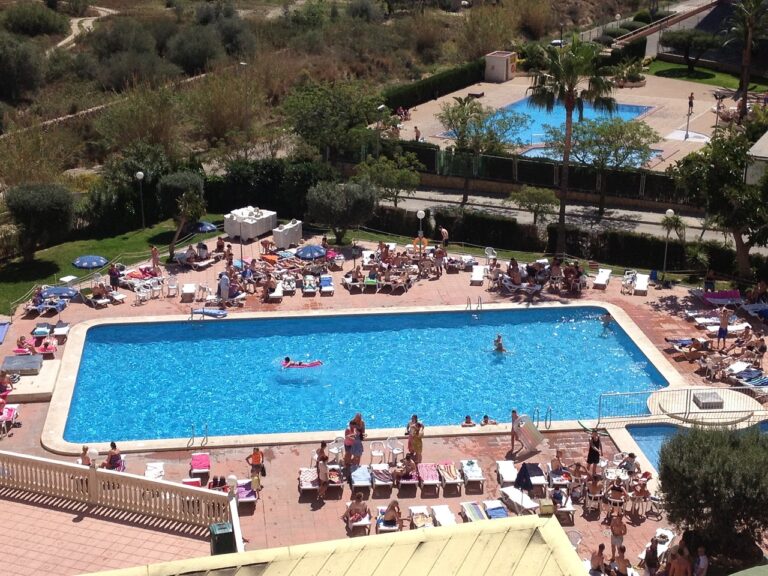Exploring Sound Editing in Virtual Reality Experiences: 99 exchange login password, Laser 247 sign up, Yolo 247
99 exchange login password, laser 247 sign up, yolo 247: Virtual reality (VR) technology has revolutionized the way we experience digital content. From immersive gaming experiences to virtual tours of real-world locations, the possibilities are endless. One aspect of VR experiences that often goes unnoticed is sound editing. Sound plays a crucial role in creating a truly immersive virtual reality experience, and exploring sound editing in VR is essential for creating a truly captivating experience for users.
Sound editing in virtual reality experiences involves creating and manipulating audio elements to enhance the immersive quality of the experience. By carefully designing the soundscapes in a VR environment, developers can transport users to different worlds and enhance their sense of presence and immersion.
Here are a few ways in which sound editing is utilized in virtual reality experiences:
1. Spatial Audio: Spatial audio is a technique that allows sound designers to create 3D audio environments in VR. By manipulating the direction, distance, and intensity of sounds, developers can create a sense of depth and space in the virtual world. This helps users locate and identify the source of sounds, enhancing the overall immersive experience.
2. Ambisonic Sound: Ambisonic sound is a technique that captures sound from all directions using a specialized microphone array. This allows developers to create omnidirectional soundscapes that respond to the user’s movements within the virtual environment. Ambisonic sound adds a layer of realism to VR experiences, making users feel like they are truly present in the virtual world.
3. Interactive Sound Design: Interactive sound design allows developers to create audio cues that respond to user interactions in real-time. By triggering sounds based on user actions or movements, developers can create dynamic and engaging audio experiences that enhance the overall gameplay or narrative of a VR experience.
4. Emotional Soundscapes: Sound can evoke powerful emotional responses in users, and sound editing in VR can be used to create atmospheric soundscapes that enhance the mood and tone of a virtual environment. Whether it’s the eerie sounds of a haunted house or the calming sounds of a peaceful meadow, sound editing can help create a more emotionally resonant experience for users.
5. Music and Sound Effects: Music and sound effects are essential components of any VR experience, helping to set the tone, pace, and atmosphere of a virtual environment. Sound editing allows developers to carefully select and integrate music and sound effects that enhance the overall narrative and gameplay experience.
6. Accessibility Features: Sound editing in VR can also be used to create accessibility features for users with hearing impairments. By providing visual cues or subtitles for important audio elements, developers can ensure that all users can enjoy and engage with a virtual reality experience.
In conclusion, sound editing plays a crucial role in creating immersive and engaging virtual reality experiences. By utilizing techniques such as spatial audio, ambisonic sound, interactive sound design, emotional soundscapes, and accessibility features, developers can create truly captivating audio experiences that enhance the overall immersive quality of VR content.
FAQs:
1. What equipment is needed for sound editing in virtual reality experiences?
To edit sound for VR experiences, you will need specialized audio editing software, a high-quality microphone setup for recording ambisonic sound, and VR development tools that support spatial audio integration.
2. How can sound editing enhance the immersion of VR experiences?
Sound editing can enhance immersion in VR experiences by creating realistic spatial audio environments, interactive sound cues, emotional soundscapes, and music and sound effects that complement the virtual environment.
3. Are there any best practices for sound editing in VR experiences?
Some best practices for sound editing in VR experiences include conducting thorough audio testing in different VR headsets, optimizing sound levels and balance for a comfortable user experience, and integrating sound cues that enhance the overall narrative and gameplay of a VR experience.







